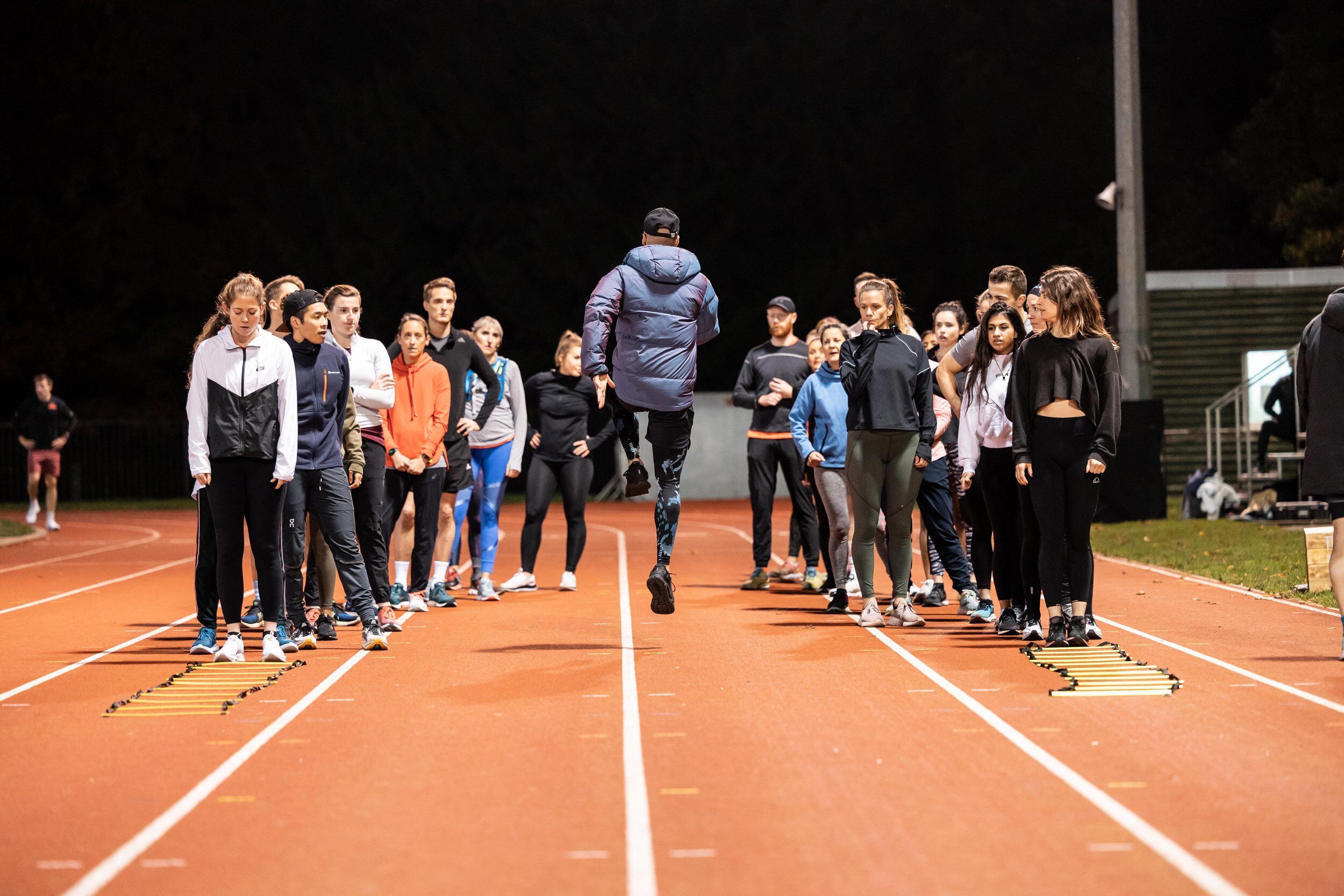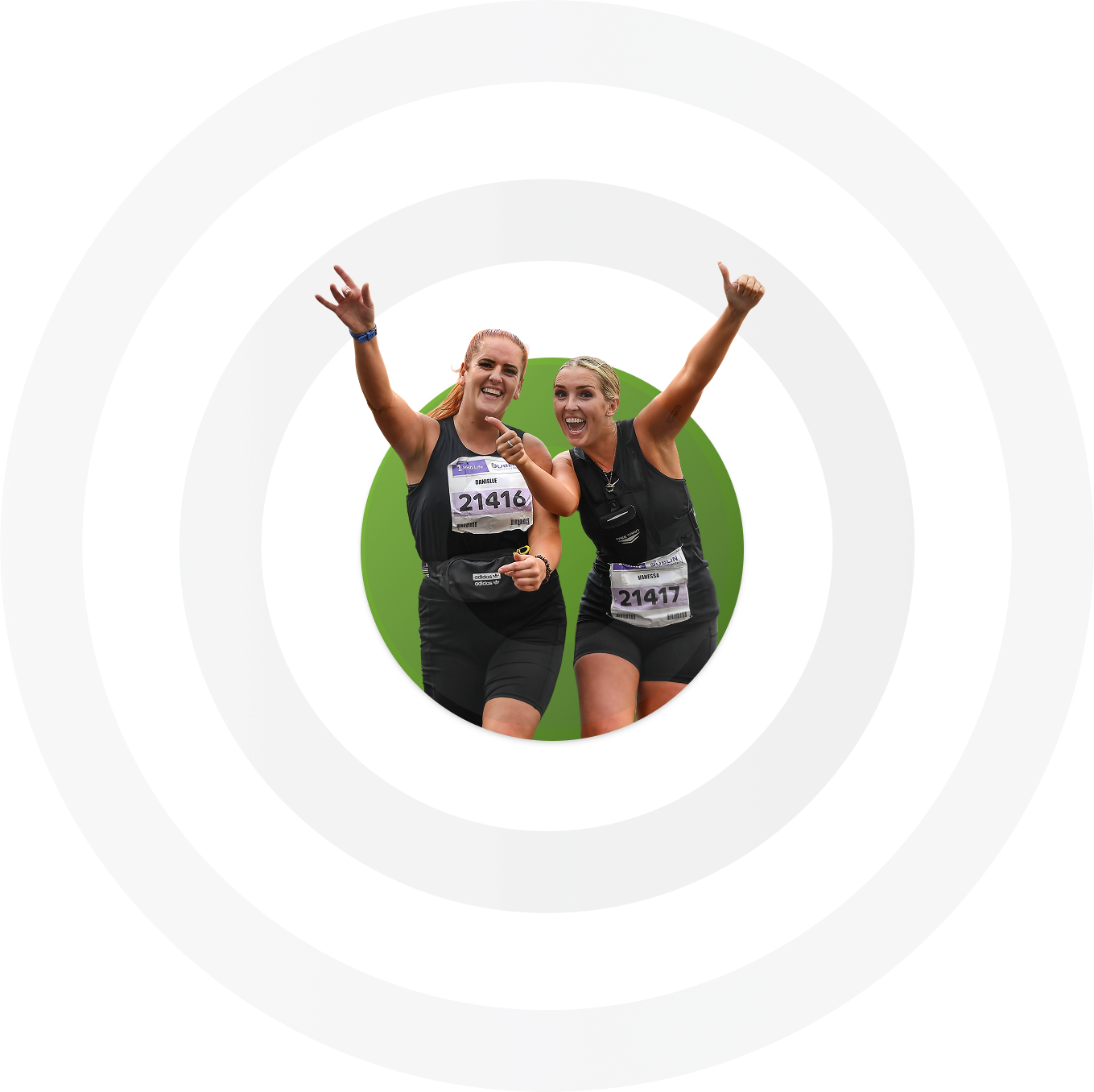Want to ensure you perform at your best on race day? Our 7 secrets should help you home in on that PB.
So the months of training are done. You’ve followed your training plan to the letter, eaten what you should have eaten along the way, and avoided what you shouldn’t. Now it’s nearly time to race. But how can you make sure all of your hard work doesn’t go to waste?
1. Carbo load before your race
To race well you need energy, and one of the most efficient sources of energy is carbohydrates . A study conducted by the Food and Agriculture Organization of the United Nations confirmed this, finding that alongside adequate fluid intake, carbohydrate consumption was one of the biggest boosts to athletic capability. If you’re running a long race like a half or full marathon, make sure you have a carbohydrate focussed meal the day before you run. Some good sources of carbohydrates are foods such as sweet potatoes, oats, wholegrain bread, brown rice and bananas.
2. Stick to tried and tested running gear
The day of your race is not the time to be putting on a new pair of running shoes or a different running top. Running shoes in particular should be broken in before you run a race in them. They’ll be at their best in terms of support and cushioning after around 50 miles (80km) so make sure you factor that into your training plan. This applies to race-day nutrition as well. Eating an energy gel you’ve never had before and finding it upsets your stomach will ruin your race, so experiment and find out what works well for you in your training.
Running shoes in particular should be broken in before you run a race in them. They’ll be at their best in terms of support and cushioning after around 50 miles (80km) ...
3. Get to your race early
The key to a successful and enjoyable race is being calm. A slight nervous feeling is to be expected, but you want to do everything within your power to stop that from turning into full-blown stress. One of the best ways you can do this is to be organised and reach the start line in plenty of time. That way you’ll be able to focus on the race and your warm up routine, rather than frantically trying to find the start because you didn’t check beforehand. The race organisers will send you all of the information you need, so make sure you study it thoroughly.
4. Visualise running success
Visualisation is an extremely powerful tool for runners.
Before your race starts, paint a mental picture in your head of your perfect run. Imagine yourself running pain free, and crossing the finish line in a PB time. This might sound like a load of rubbish, but the science backs it up. Research published in the Llewellyn Encyclopedia found that athletes who visualise success perform significantly better than those who don’t, and almost to the same level as athletes who put in much more training but didn’t use visualisation. Top professional sports and athletics teams even have dedicated visualisation coaches on their staff to help sports stars make the most of their mental training .
5. Plan your pace
Achieving a PB and running a successful race doesn’t just happen by accident. You need to decide on a time, and work out what kind of pace you should be running throughout the race to achieve it. Remember, pace planning needs to be race specific. Study the course beforehand, and check the elevation profile to check where the toughest sections are. It’s not a simple case of taking your target time and dividing it to find your split times. You need to allow for slower sections, and figure out flatter stretches where you can make the time back up.
The most sensible approach is to start off relaxed and build into the race, getting quicker towards the end.
Avoid the temptation to go off too fast, especially when there is heavy crowd support. The most sensible approach is to start off relaxed and build into the race, getting quicker towards the end. Running this way will guarantee you are not hanging on at the end of the race and really slowing down. However, it will also mean that you could finish the race and have a bit more left in tank, but you should be able to gauge this based on how you’ve been performing in training.
6. Warm up properly
It’s easy to get swept away by the excitement of race day and forget to do it, but just like any other run you’ve been doing, you need to warm up before you race. By warming up you gradually prepare your body to run, and minimise the risk of a race-stopping injury. You’ll see plenty of people doing static stretches, but don’t be tempted to copy them. Instead, opt for a combination of brisk walking for around five minutes, and dynamic stretches such as leg lifts and lunges. After that your body will be ready for the race ahead, and you can focus on smashing your personal best.
7. Use the right water stations
Hydrating yourself properly through a race is key to your success. You’ll have a rough idea of the level of fluid you need to take on board to run efficiently, but remember to plan specifically for race day. Don’t be tempted to drink too much – a study published in the New England Journal of Medicine found that 13 per cent of Boston Marathon runners in 2002 suffered from hyponatremia, which was caused by excessive fluid consumption. No matter what your hydration strategy is, always avoid the first water station. This is always the busiest station in the race, and has seen more than one runner’s day ruined as participants crash into each other.
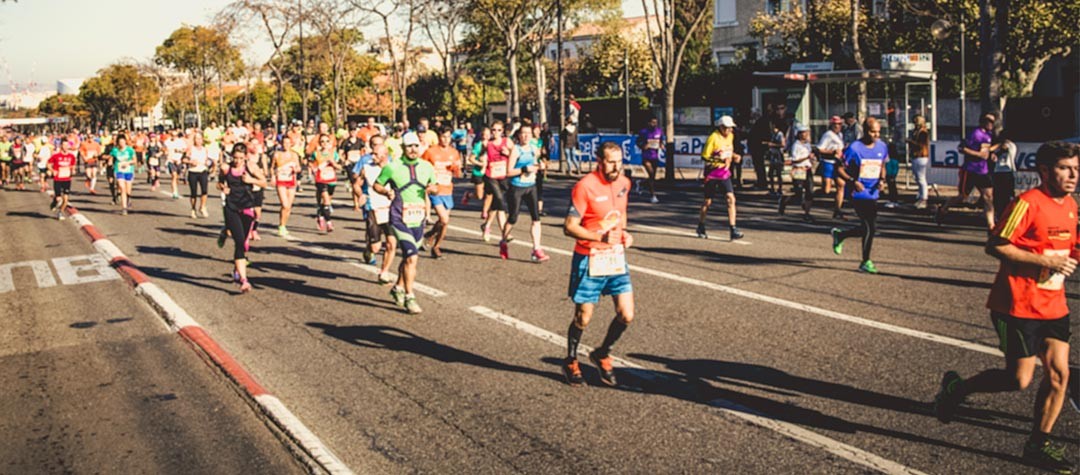
.png)
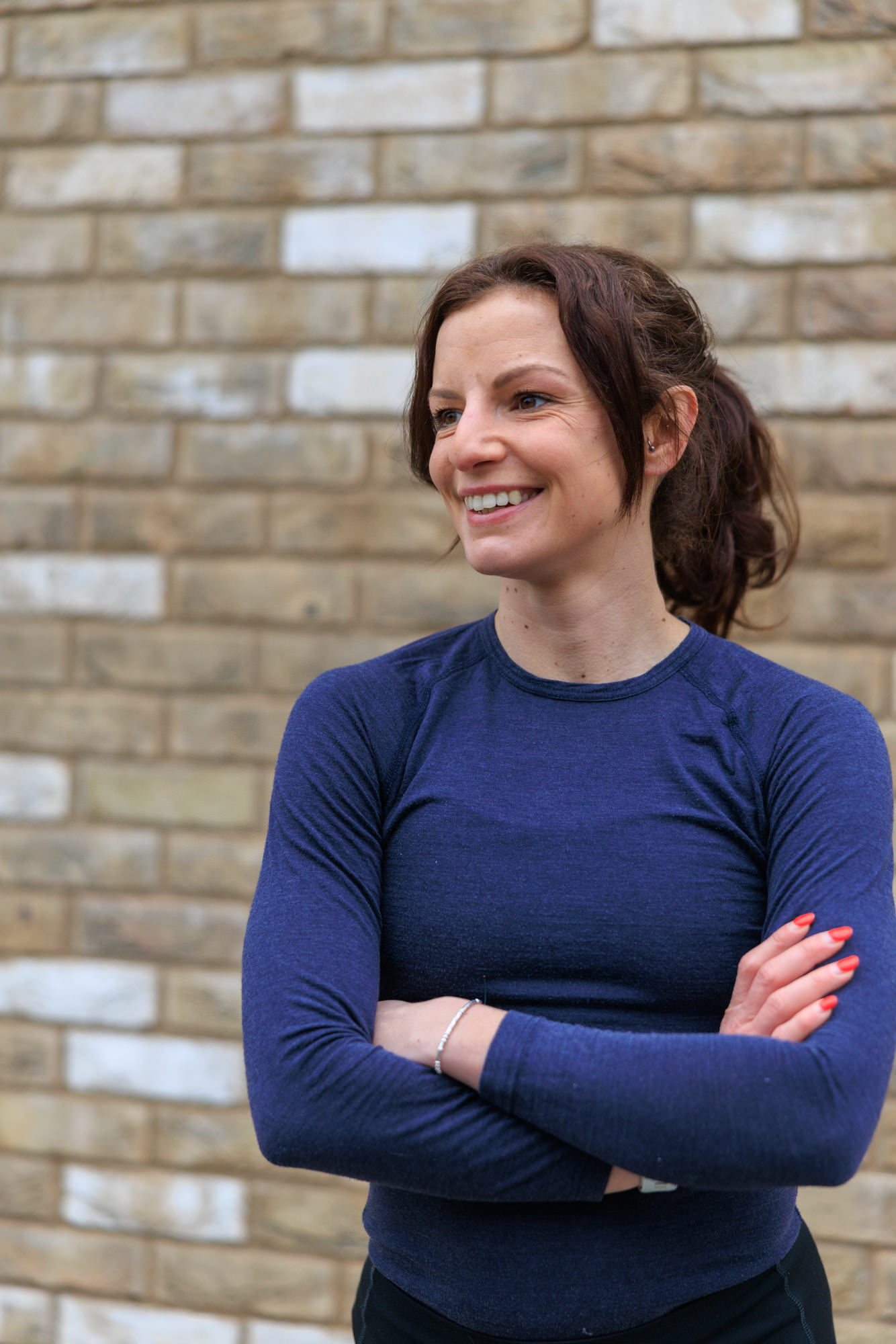
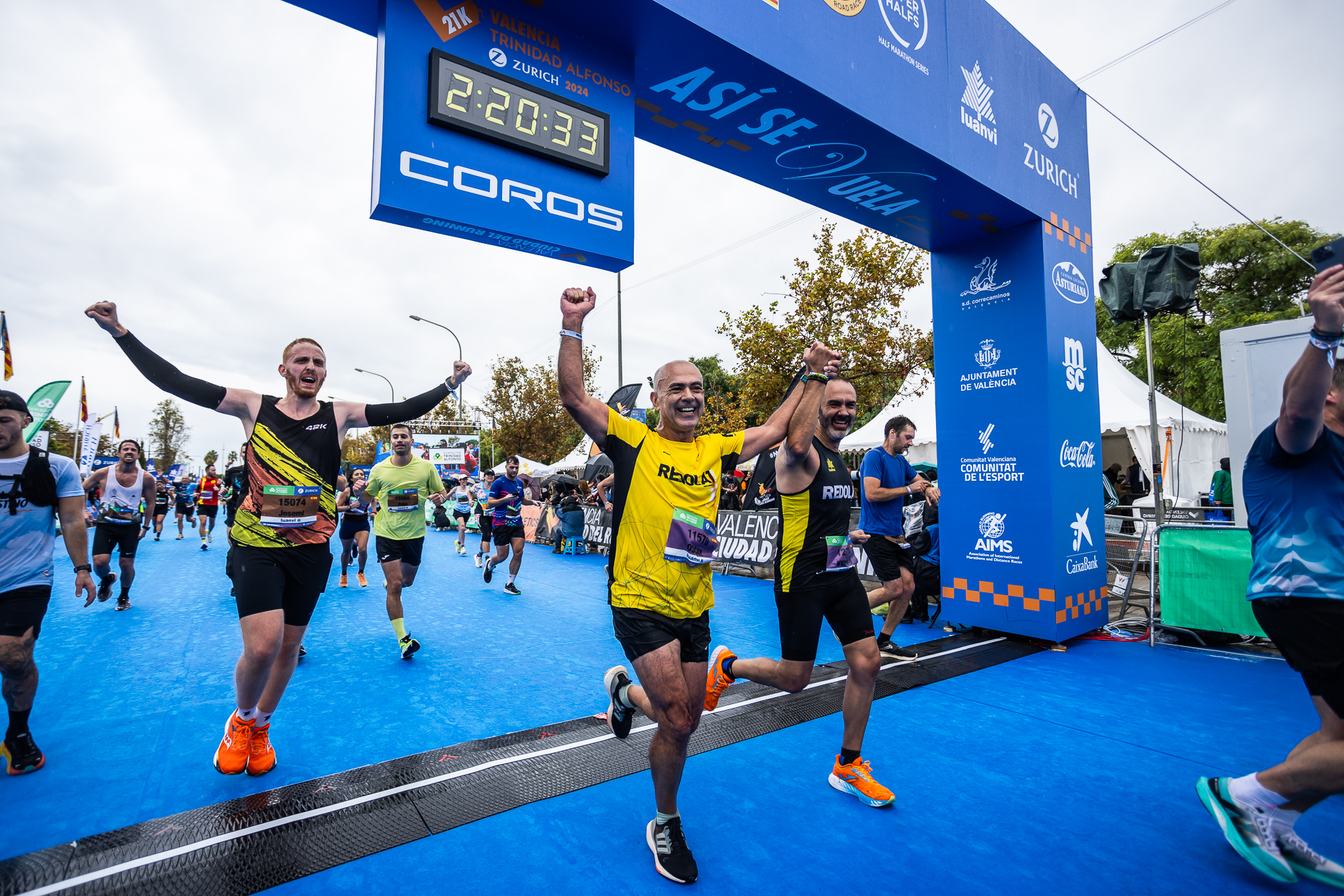
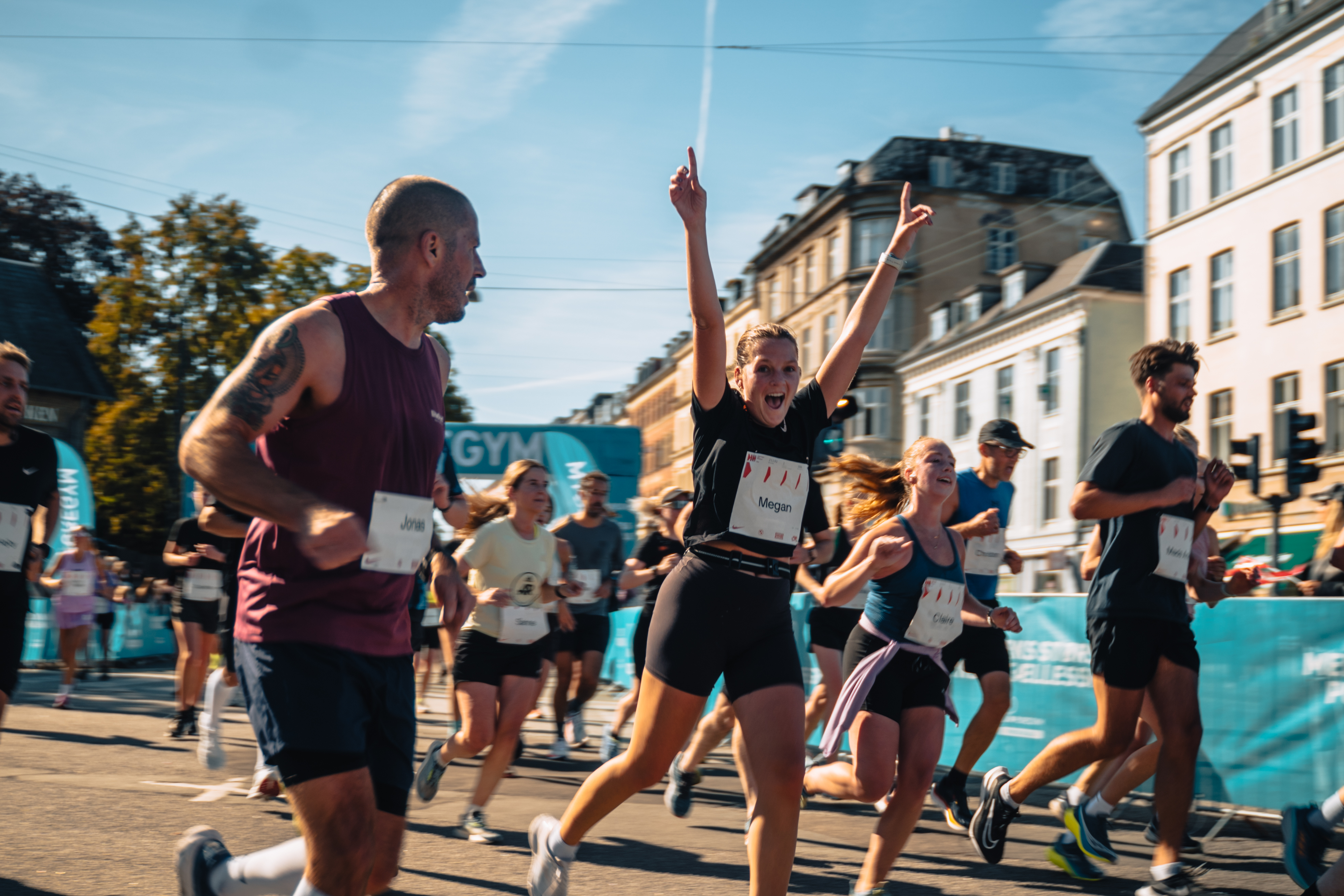

-min.jpg)
